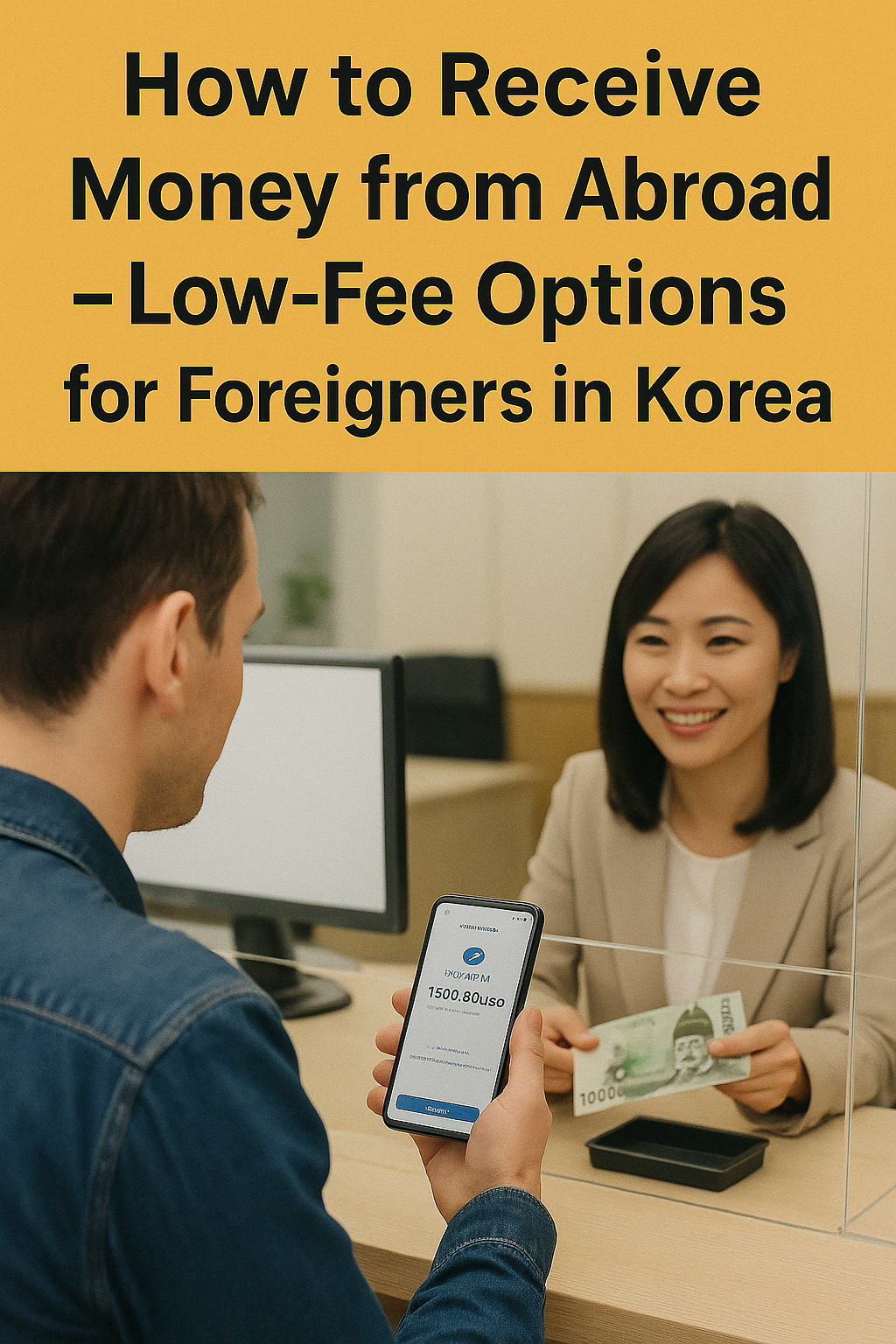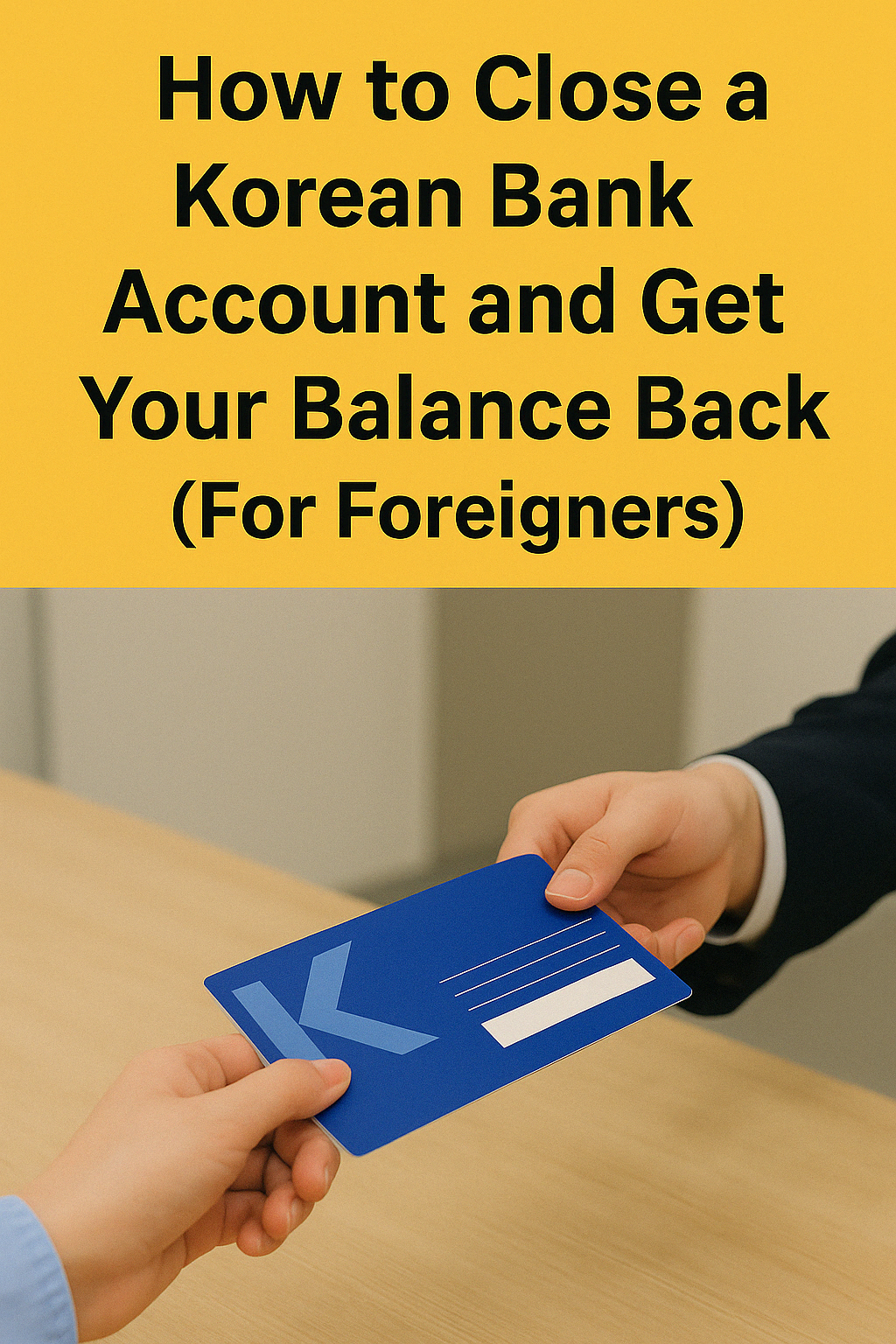How to Receive Money from Abroad – Low-Fee Options for Foreigners in Korea
1. Why Receiving Money Internationally Isn’t Always Easy
Foreigners living in Korea often need to receive money from abroad—for tuition, salary, or support from family.
But international transfers are often:
- Expensive (unexpected bank charges)
- Slow (3–5 business days)
- Confusing (SWIFT codes, intermediary banks, etc.)
Knowing your options helps save money, time, and unnecessary frustration.
2. What You Need to Receive Money in Korea
Prepare the following:
- Your Korean bank’s SWIFT/BIC code
- Your account number and name as registered
- Bank name and branch info in English
- Alien Registration Card (ARC), if verification is required
- Purpose of remittance (some banks ask)
3. Best Methods to Receive Money from Abroad (2025)
Option 1: Direct Bank-to-Bank Transfer (SWIFT)
- Available at major banks (KB, Shinhan, Woori, Hana)
- Takes 2–5 days
- Fees: ₩10,000–₩30,000
- Secure but costly and slower due to intermediary banks
Option 2: Wise (TransferWise)
- Low fees, real exchange rate
- Arrives in 1–2 days
- Both sender and receiver need Wise account
- Ideal for regular transfers or salary payments
Option 3: Western Union / MoneyGram
- Pick up funds at post offices or partner banks
- Near-instant delivery
- High fees and poor exchange rates
- Use only for emergencies or one-time needs
4. Common Mistakes That Delay Transfers
- Wrong SWIFT code or bank account number
- Nicknames instead of official name
- Missing intermediary bank info (especially for USD)
Double-check all details before sending or requesting a transfer.
5. Goldnuri’s Advice
- Use Wise for fast, affordable international transfers
- Use SWIFT for official payments like tuition or company remittances
- Avoid Western Union for large amounts—too expensive
Summary
Receiving money in Korea doesn’t have to be expensive or complicated.
In 2025, options like Wise and direct transfers give you more control and lower fees.
Stay informed and make smart choices to keep more of your money.




